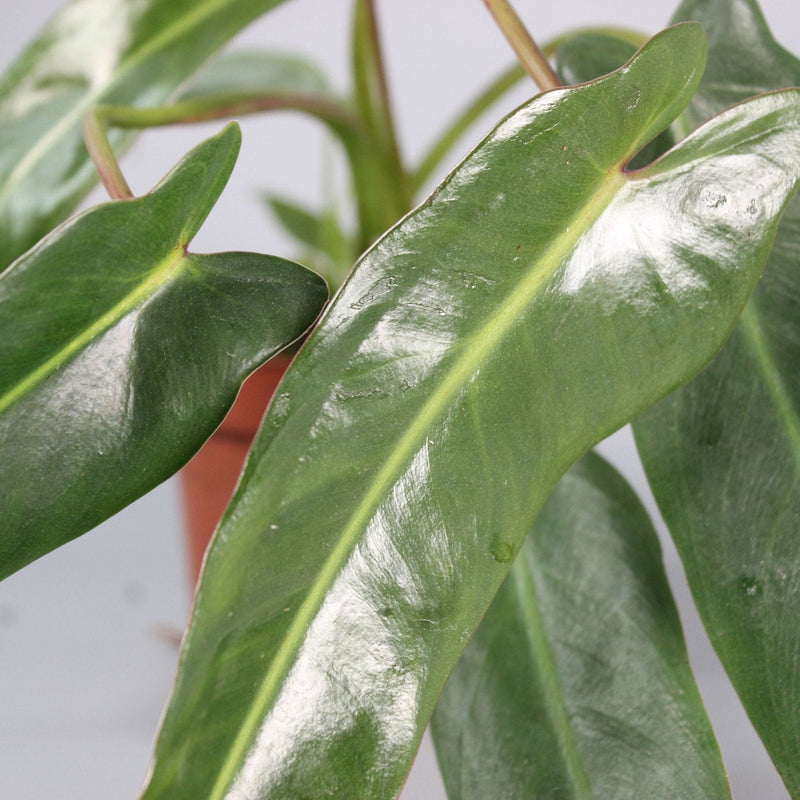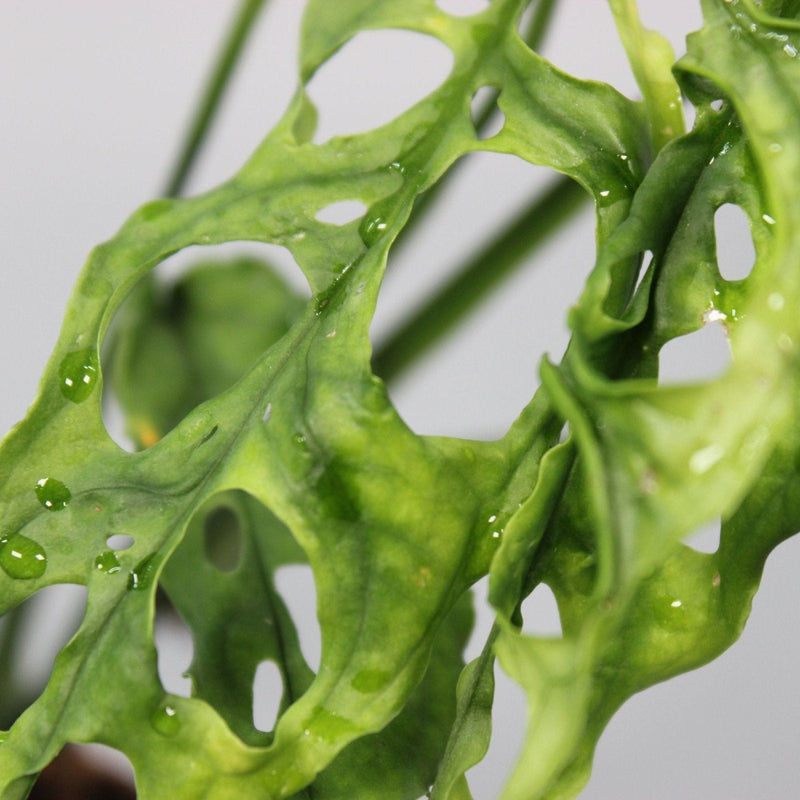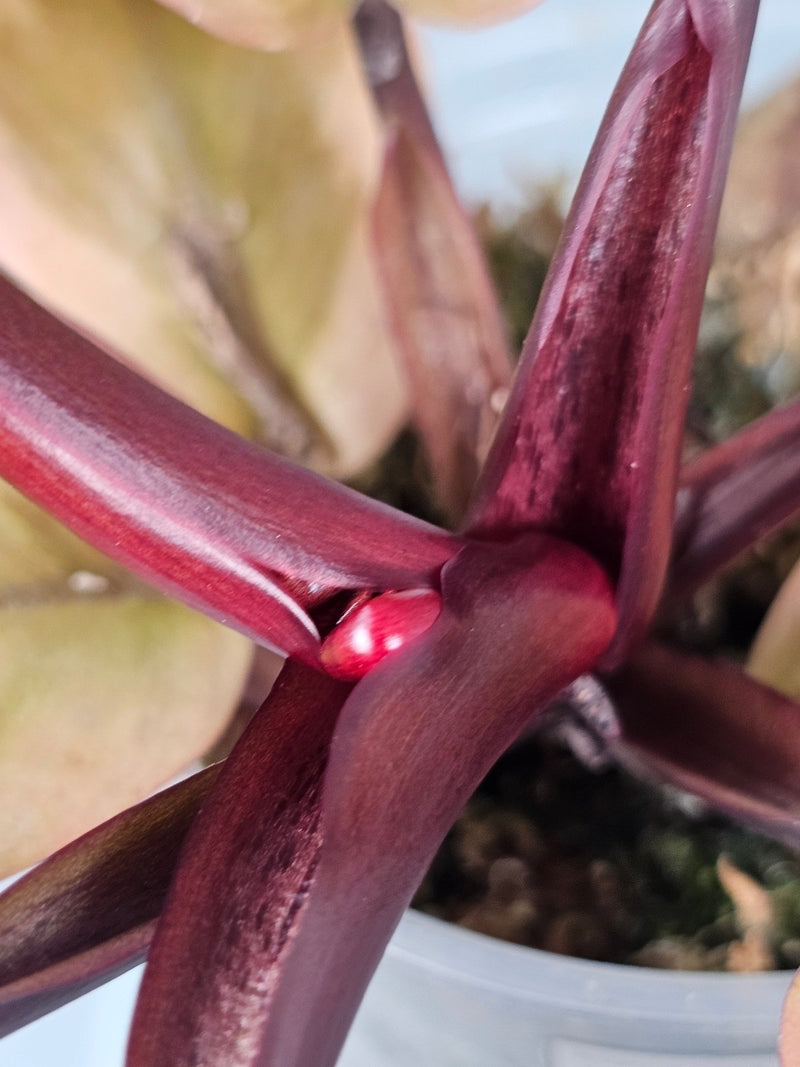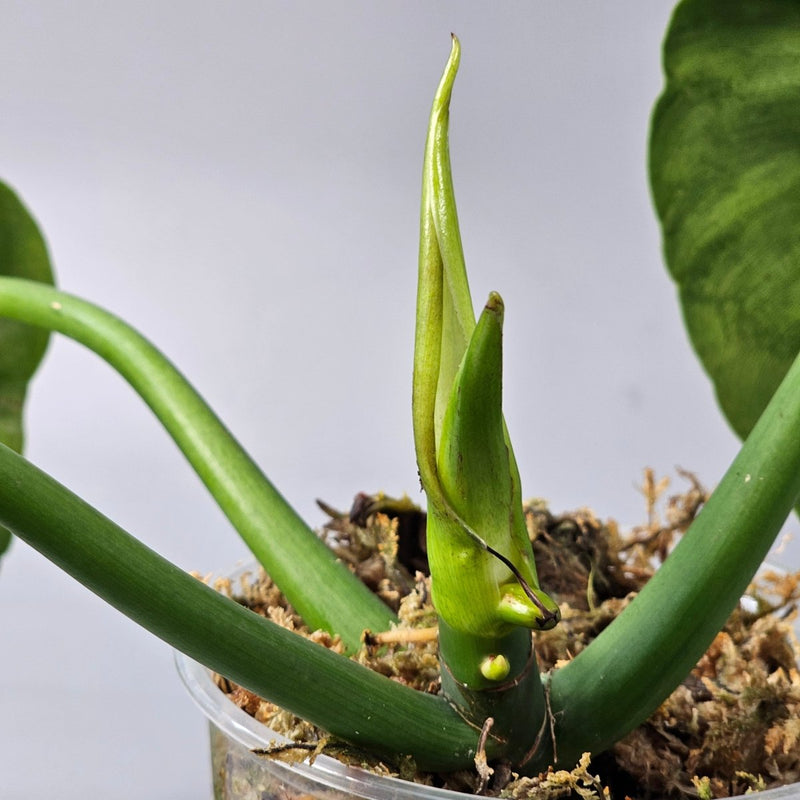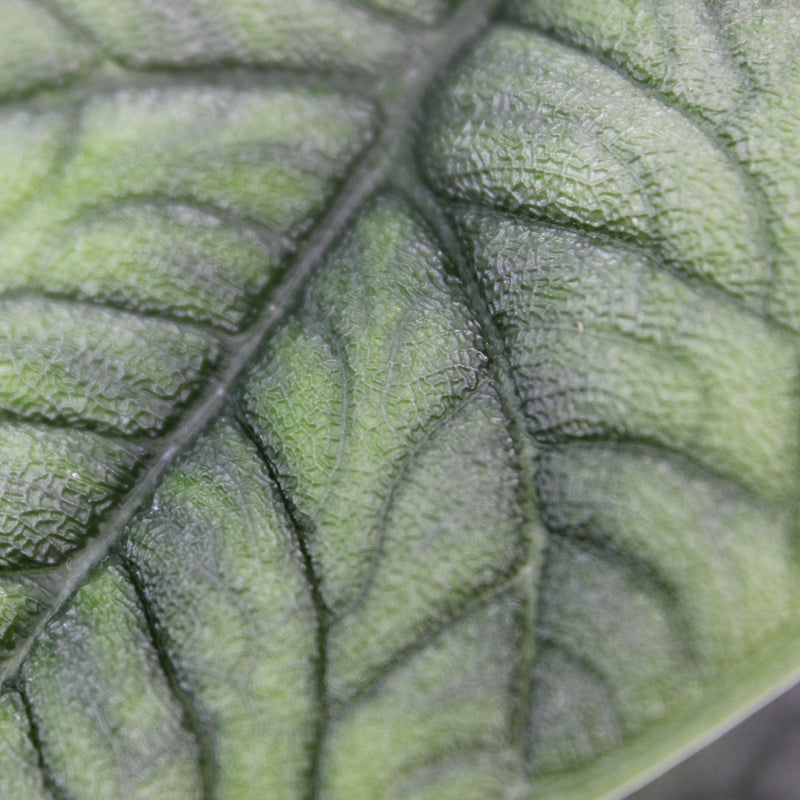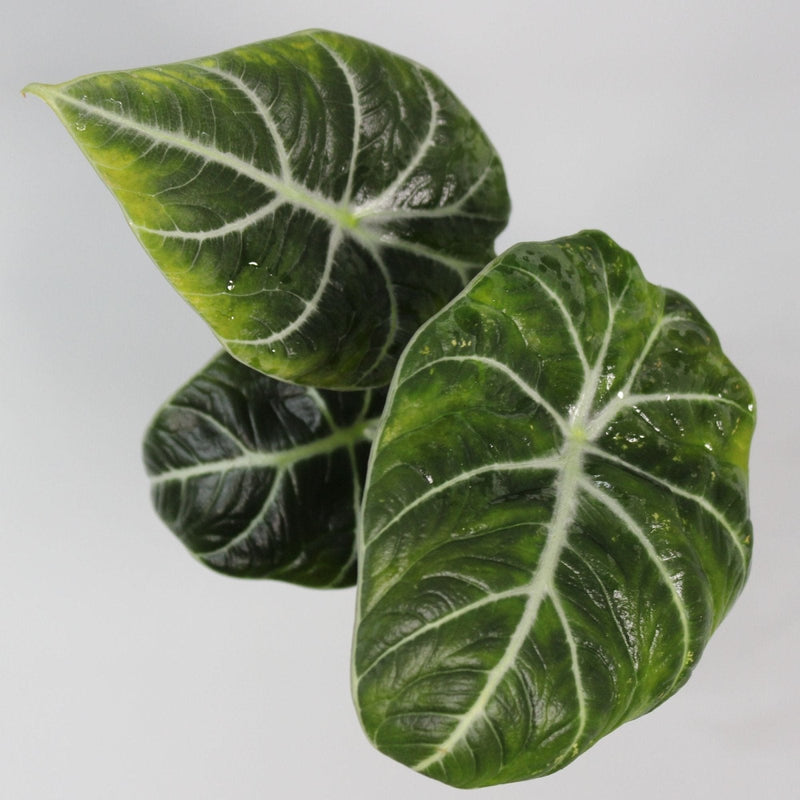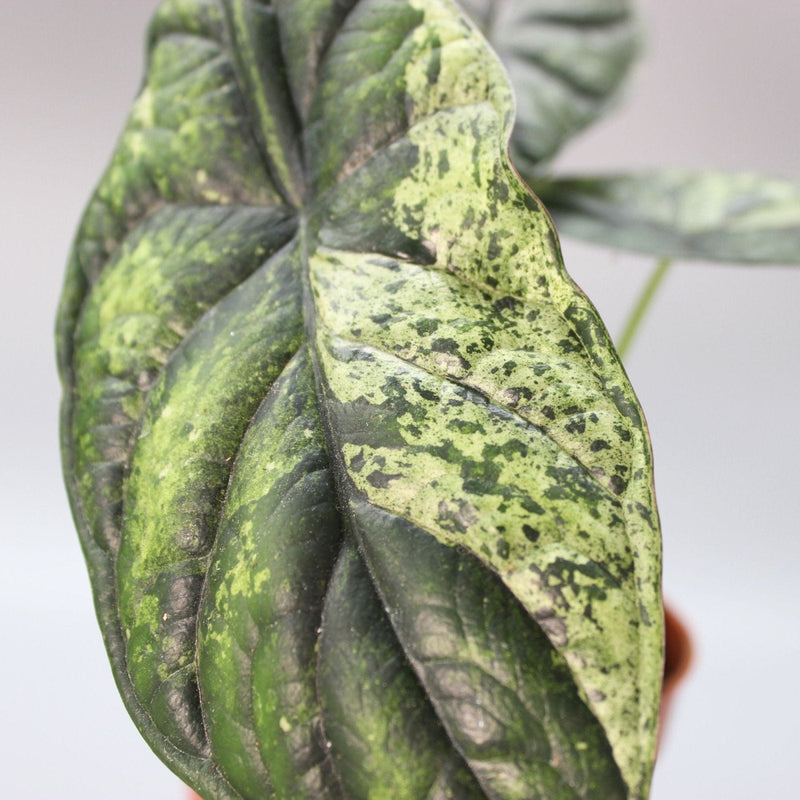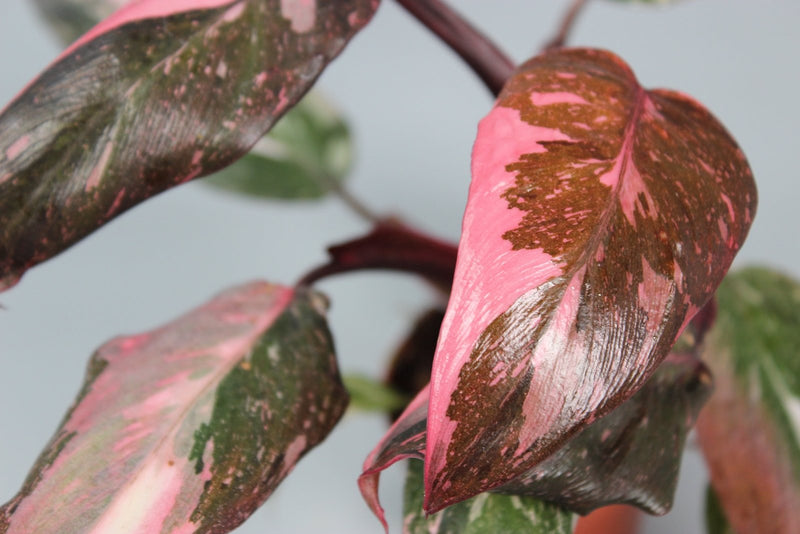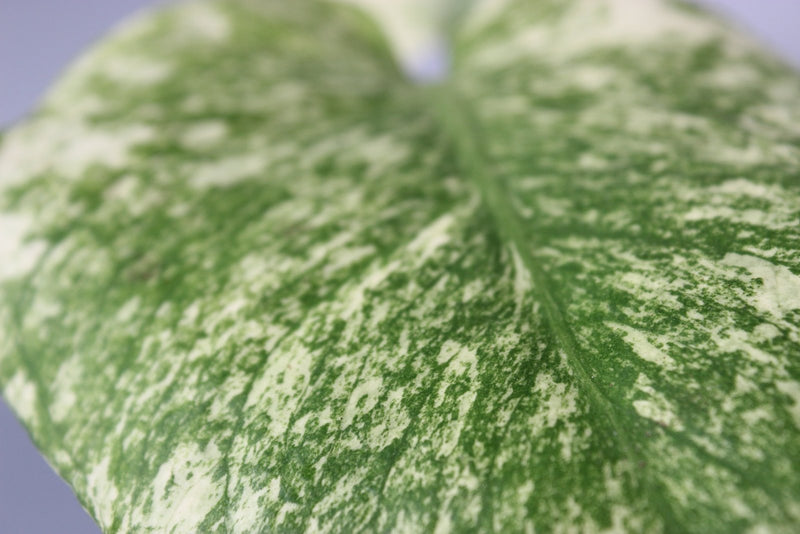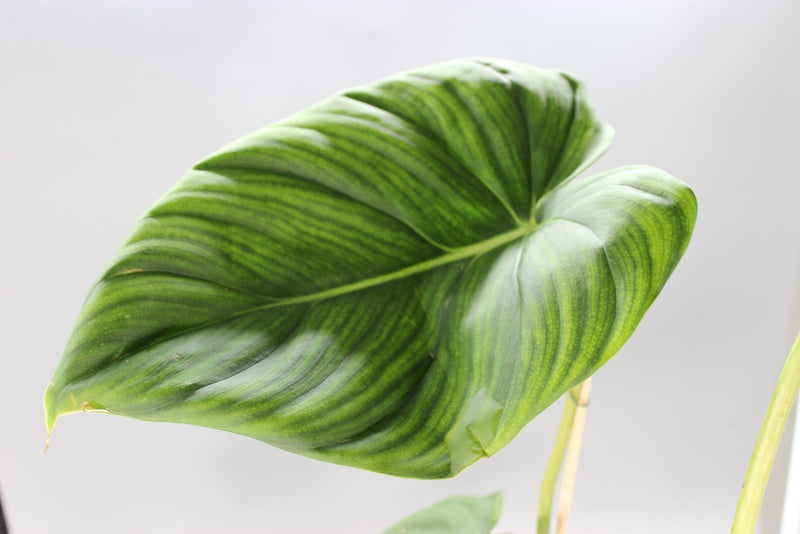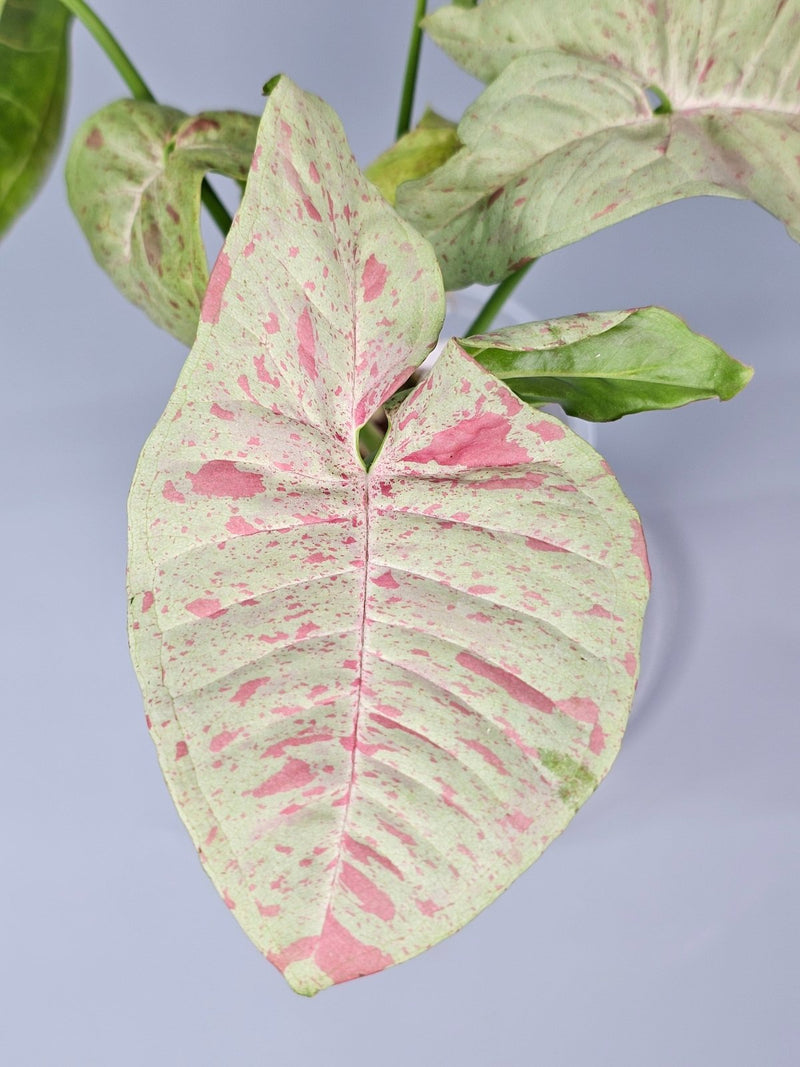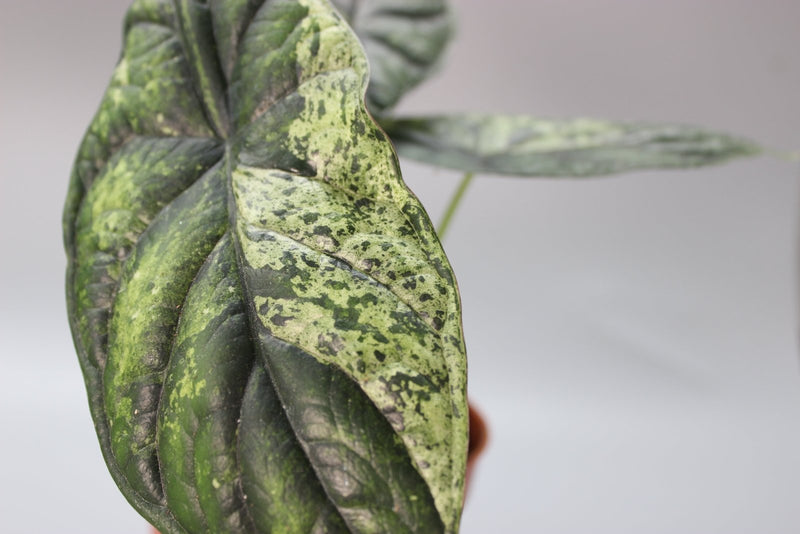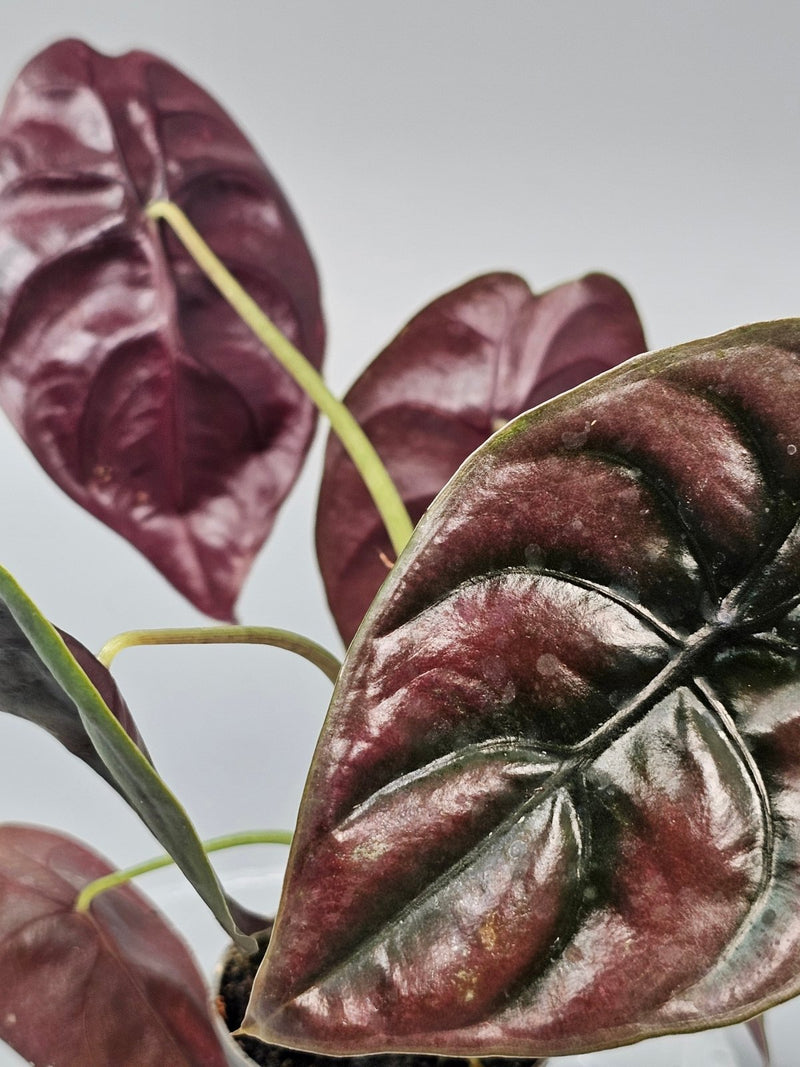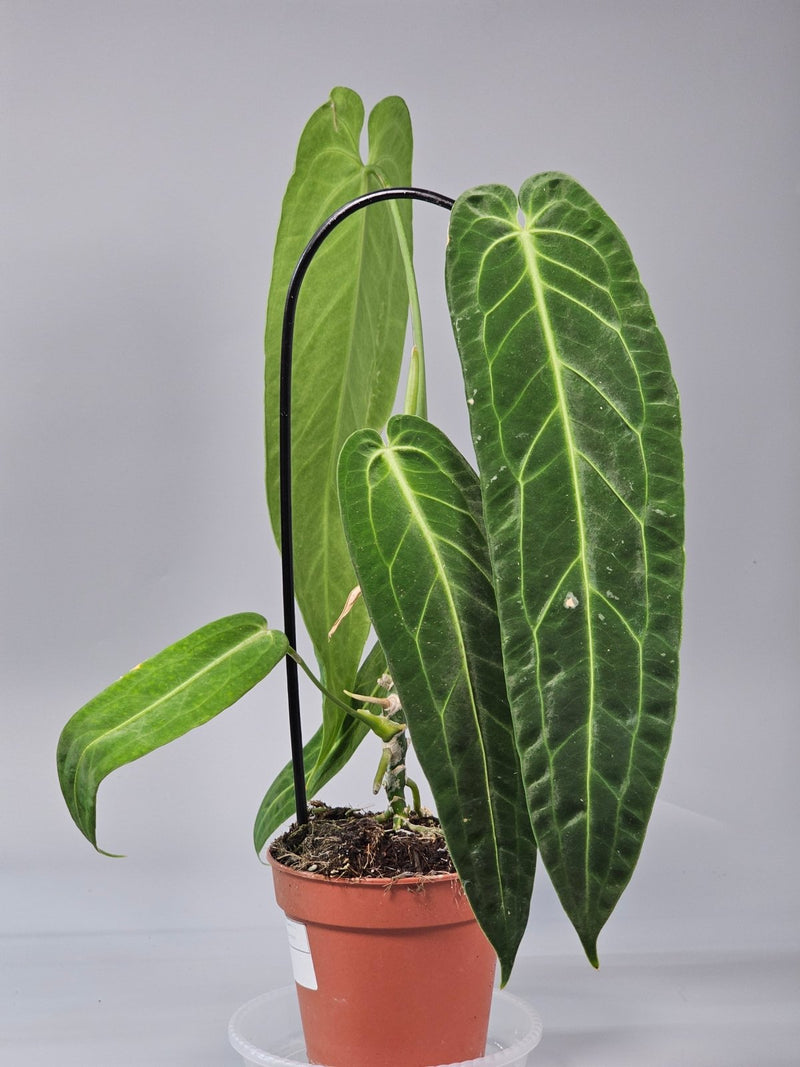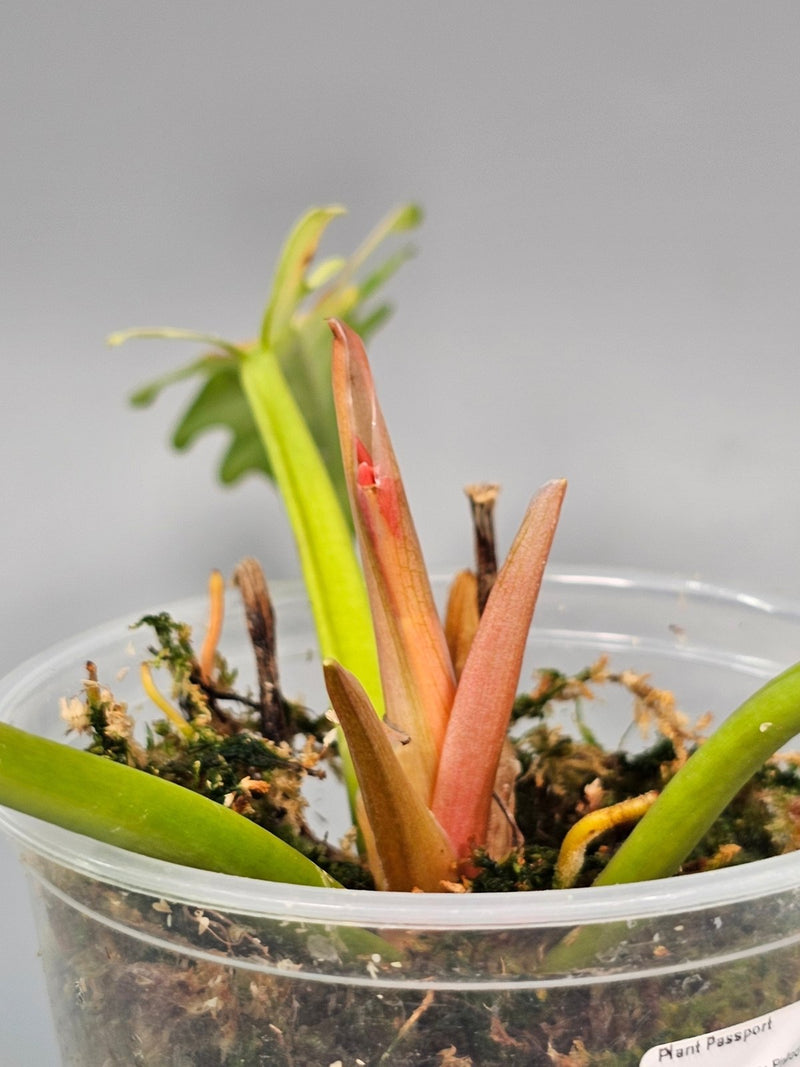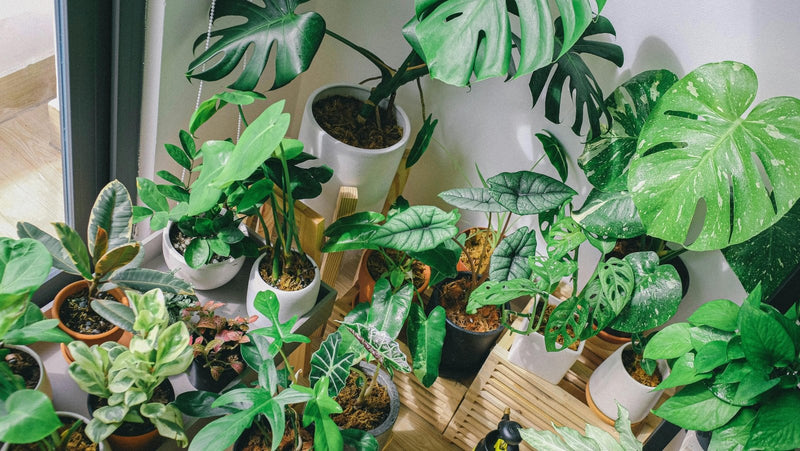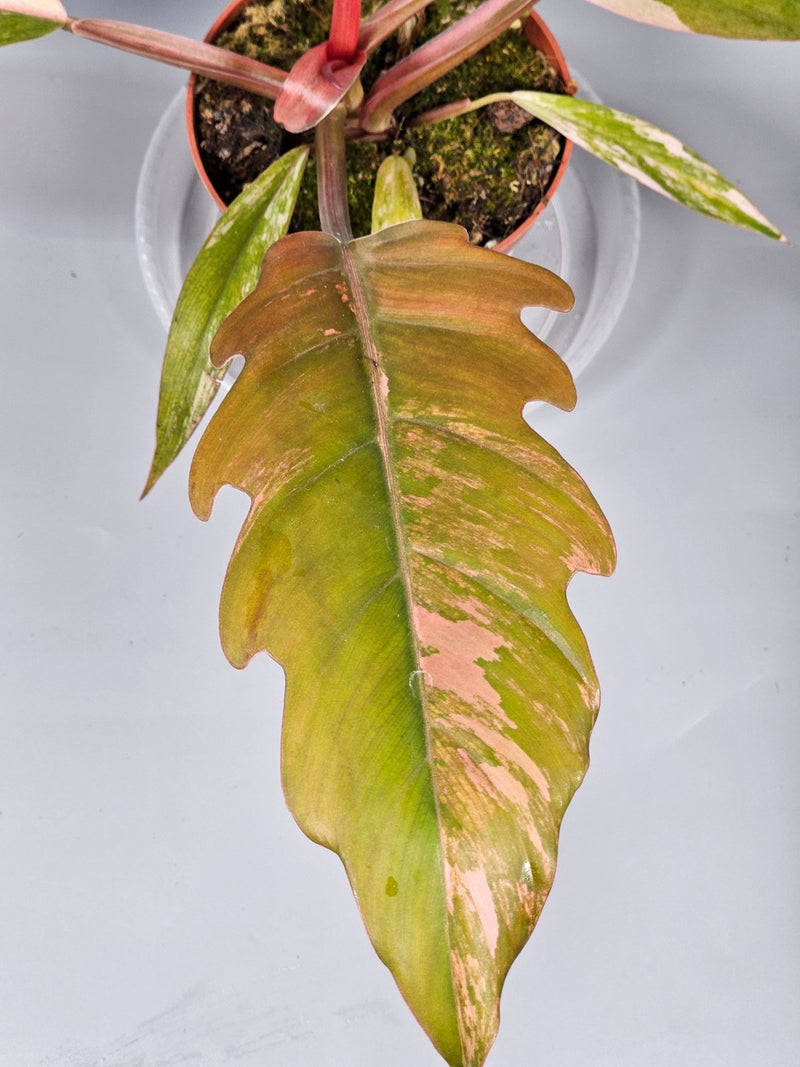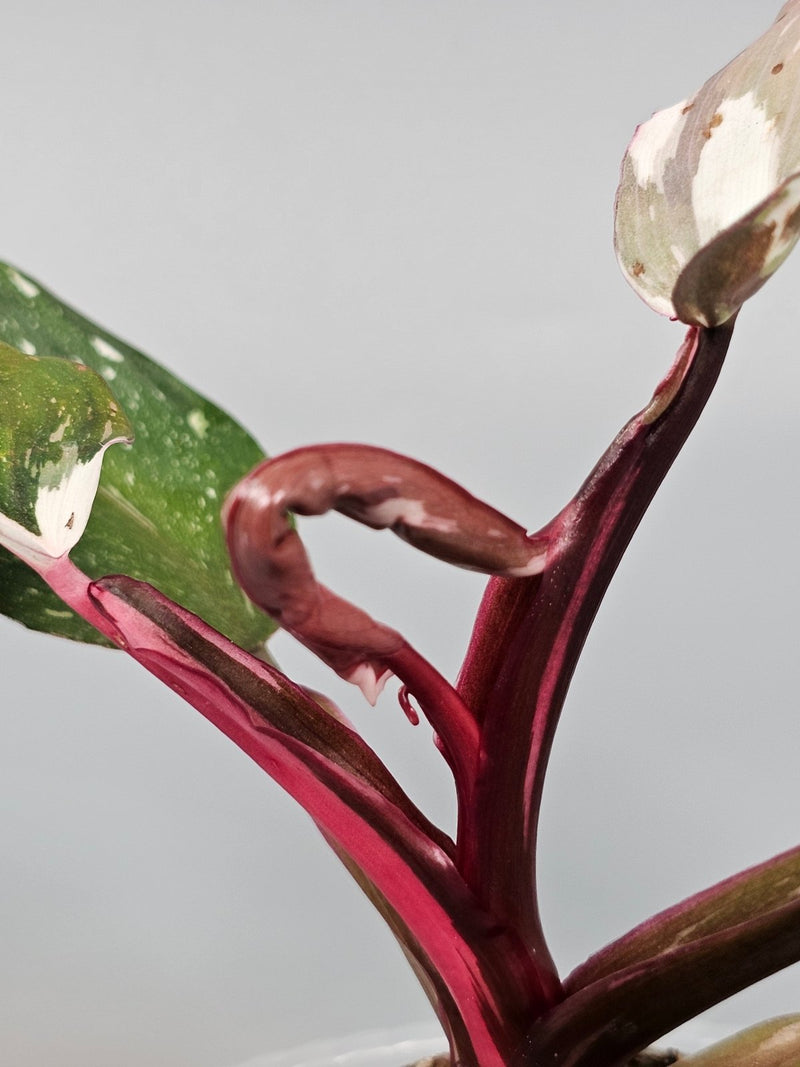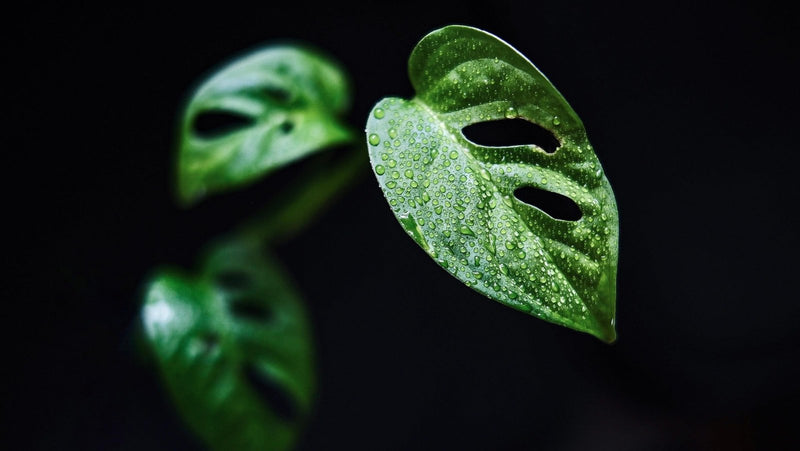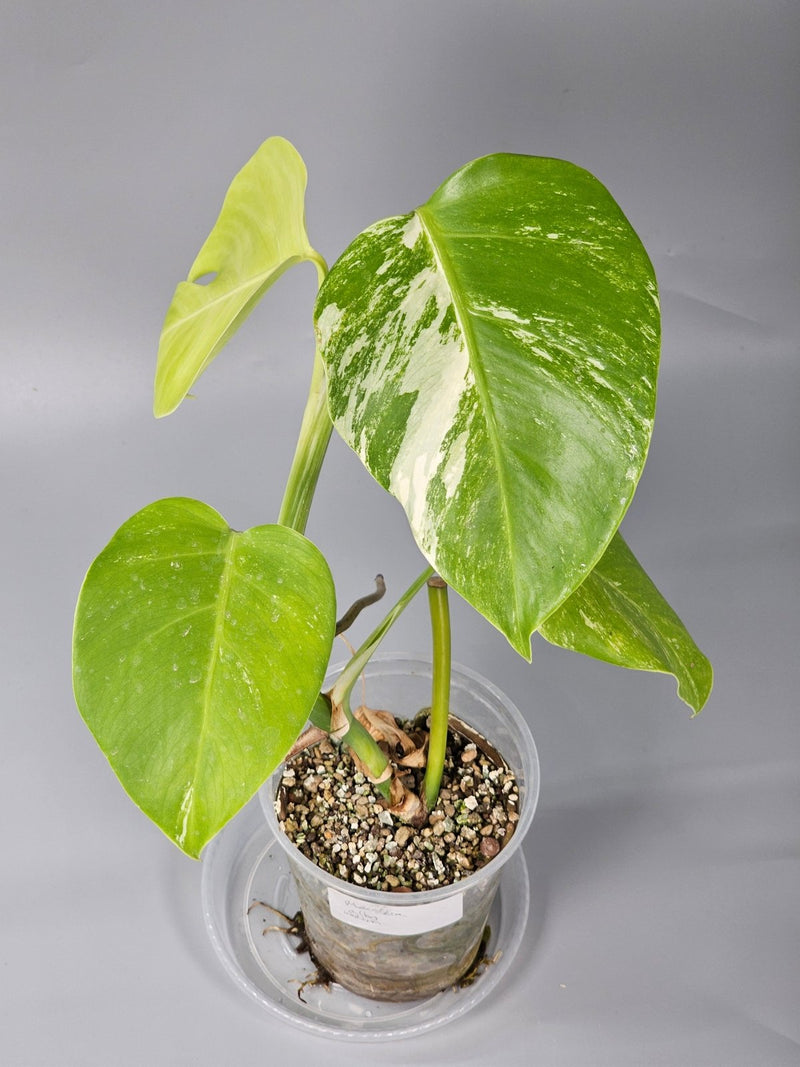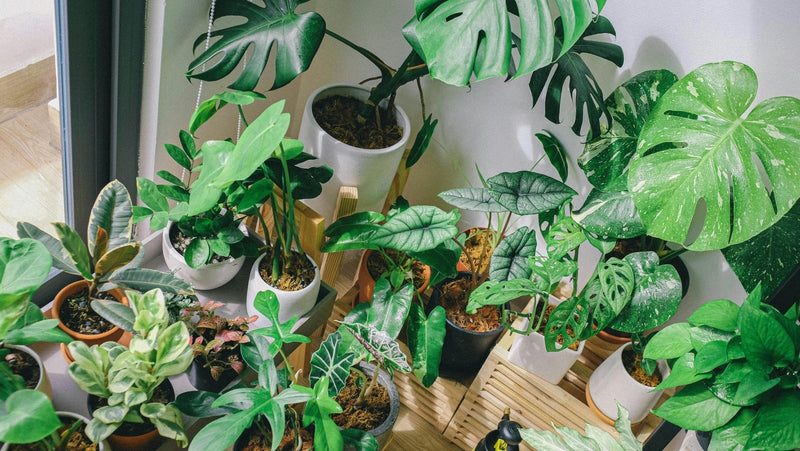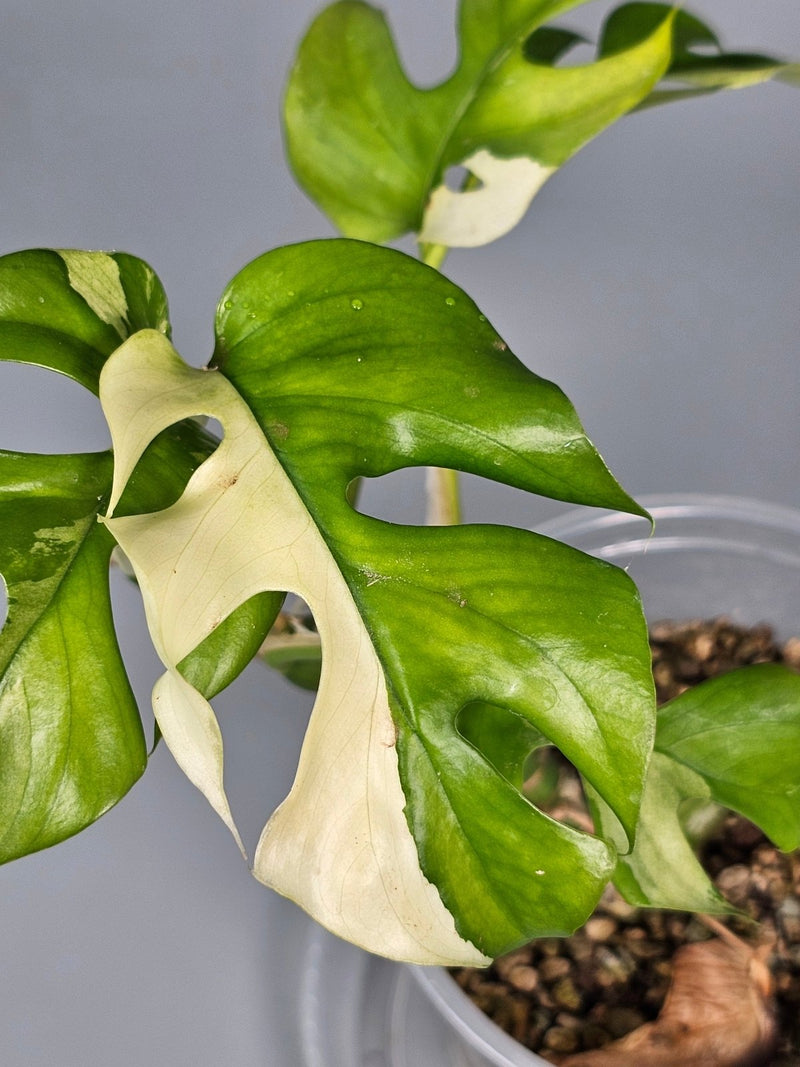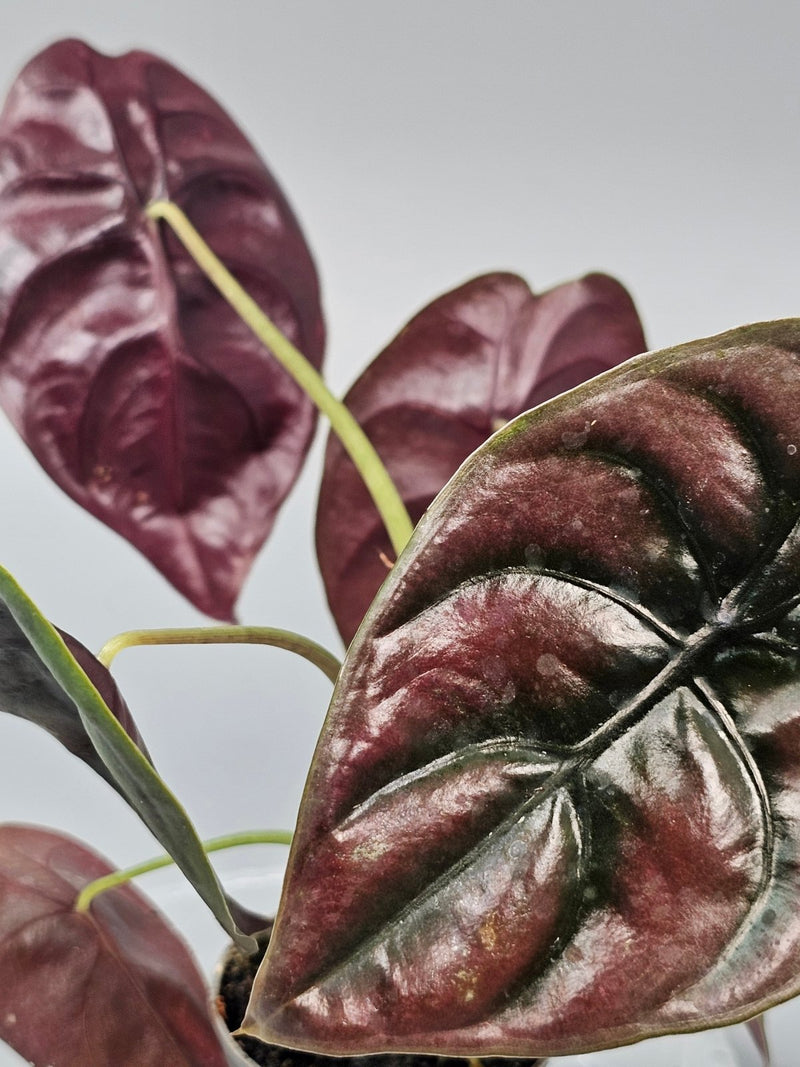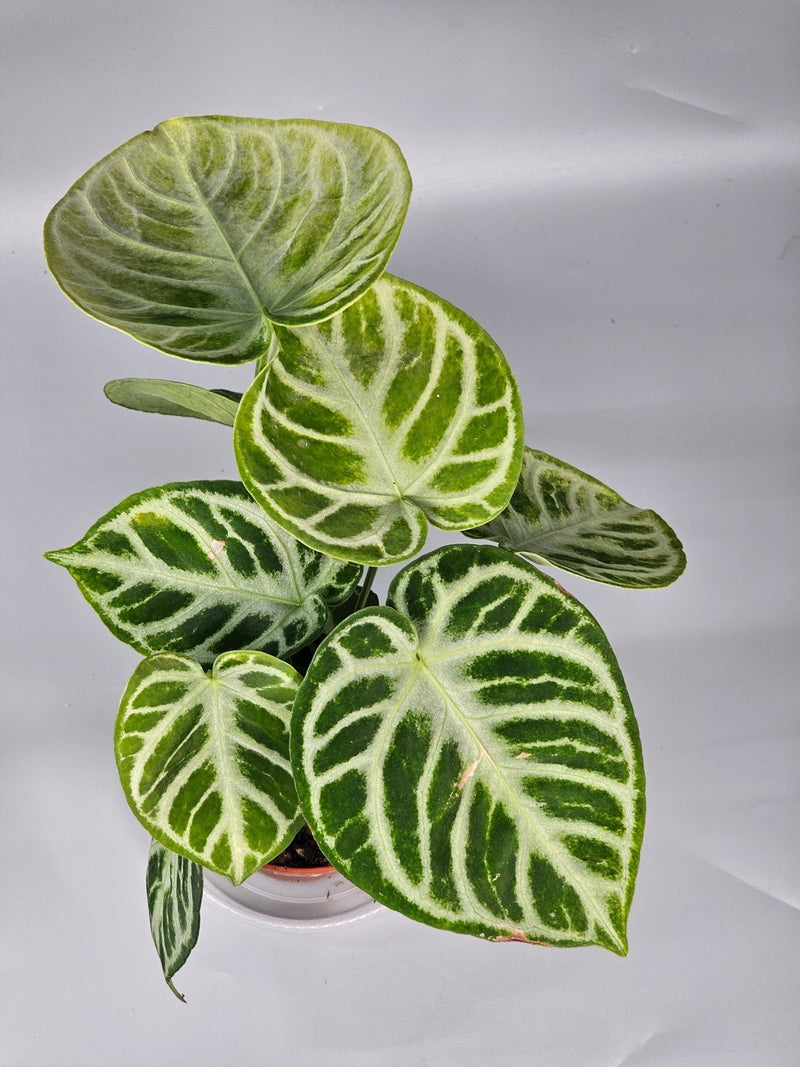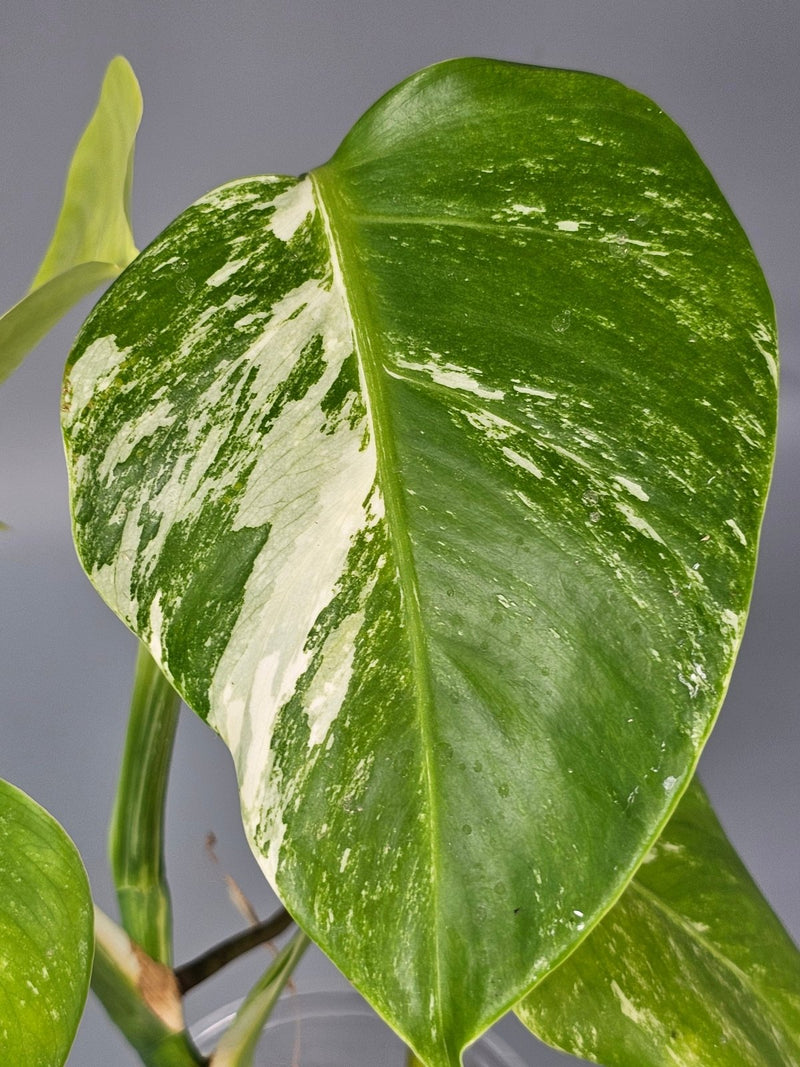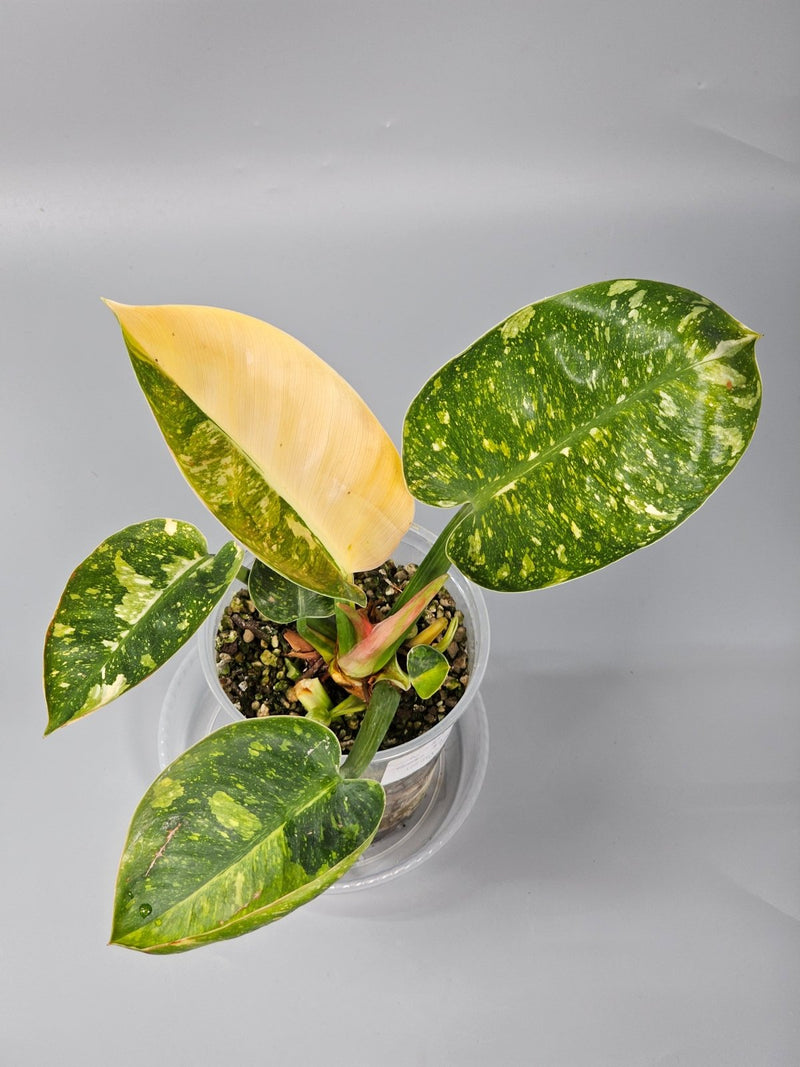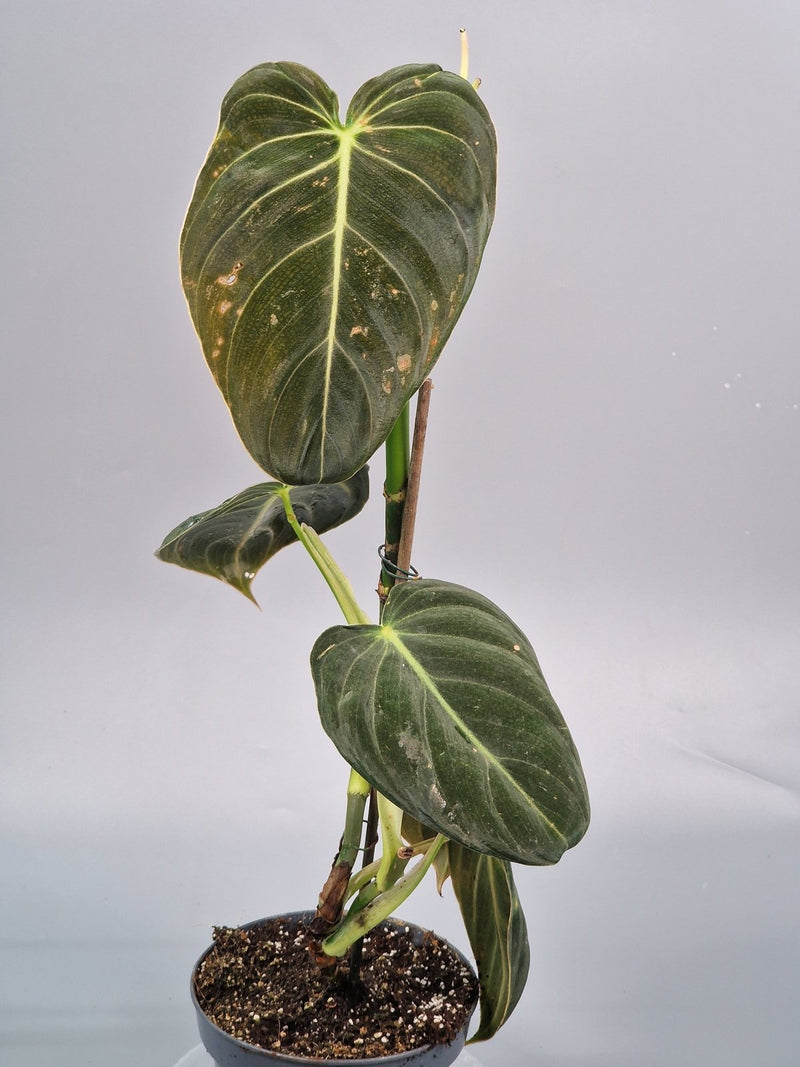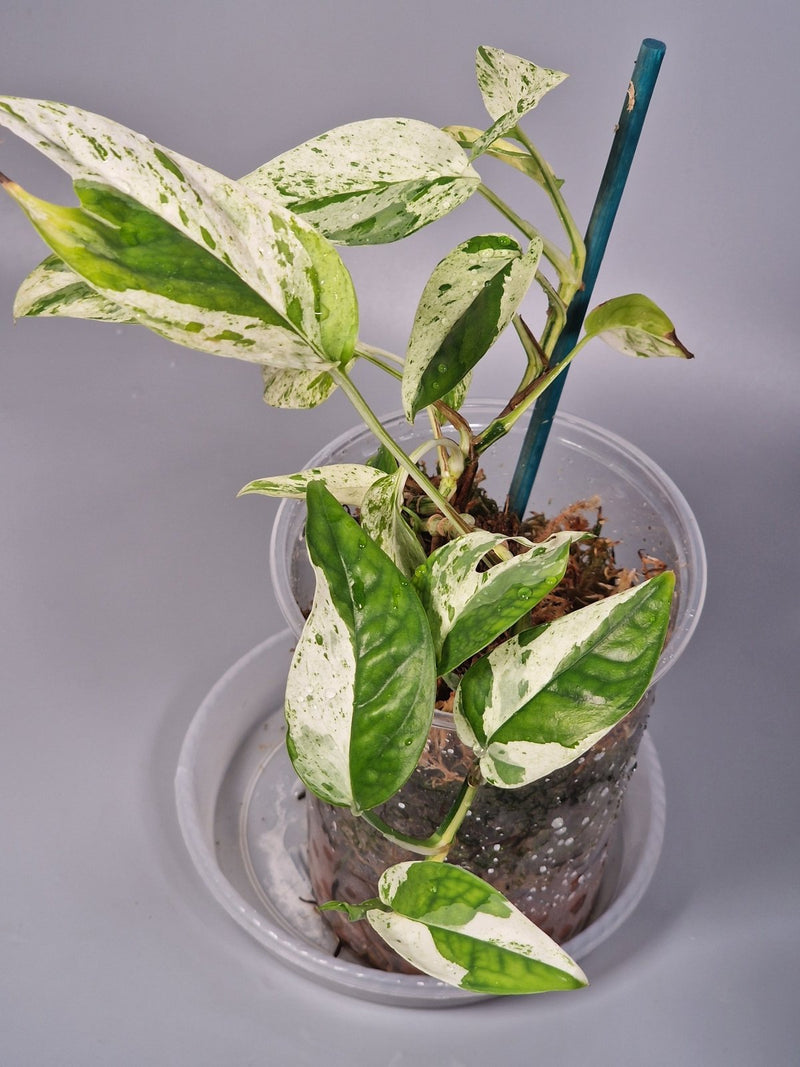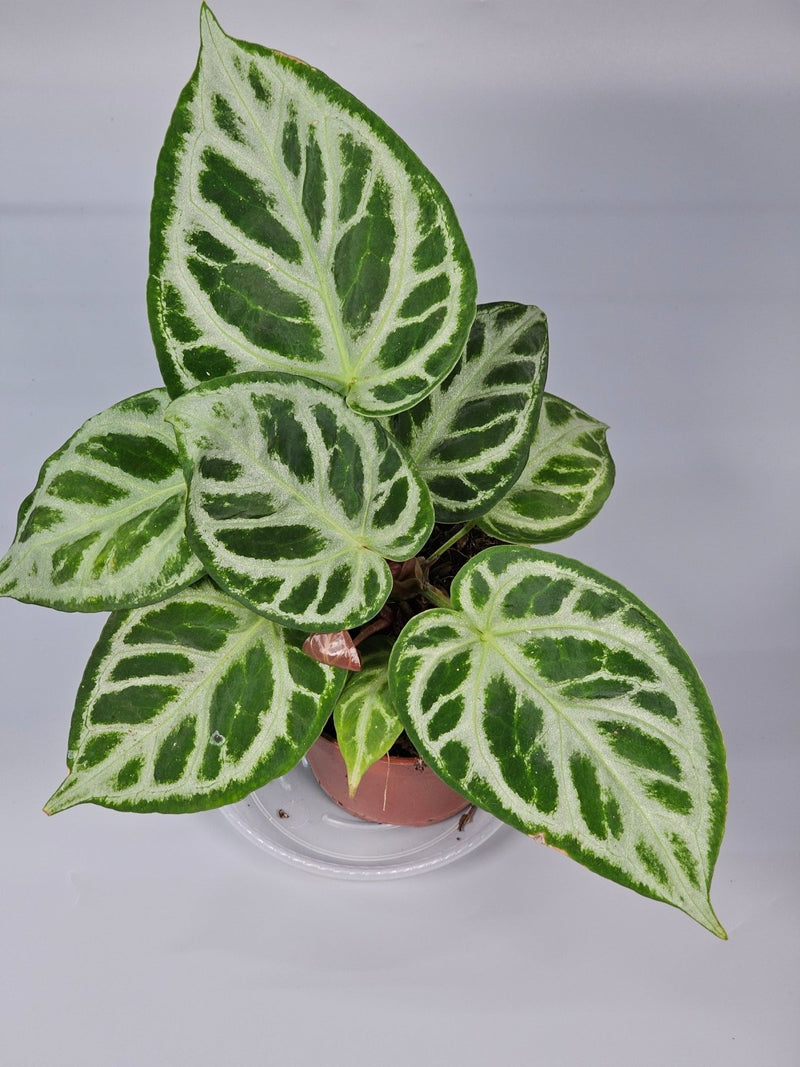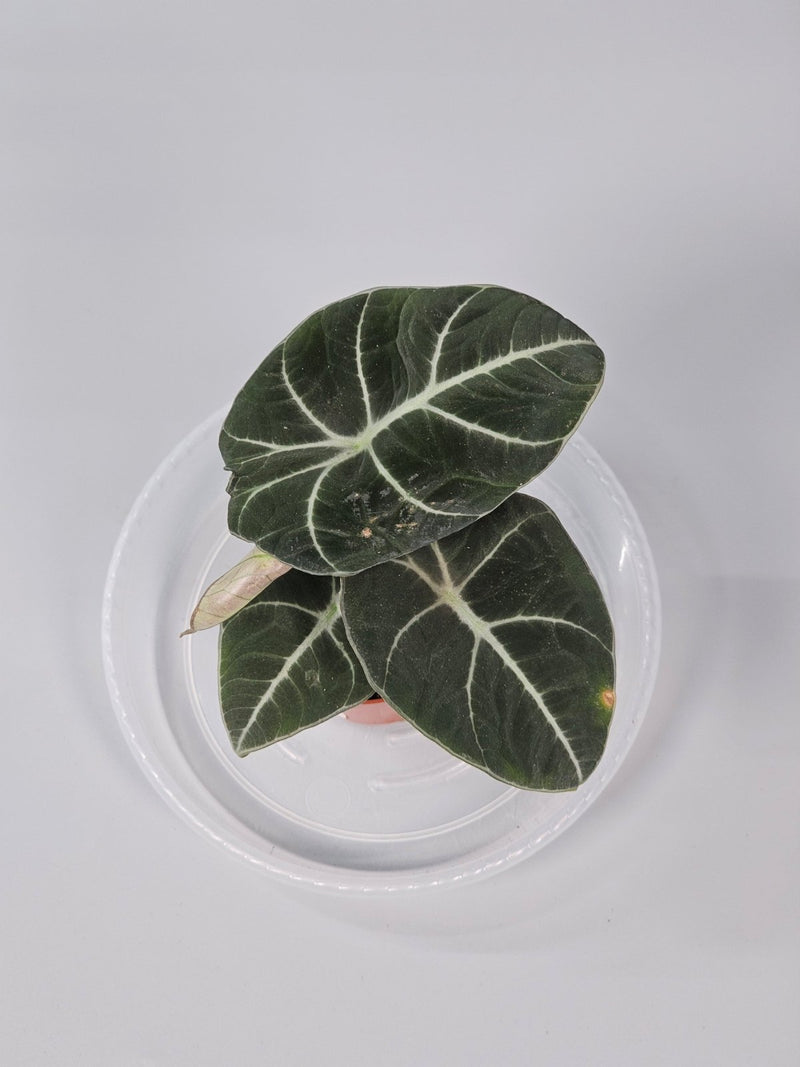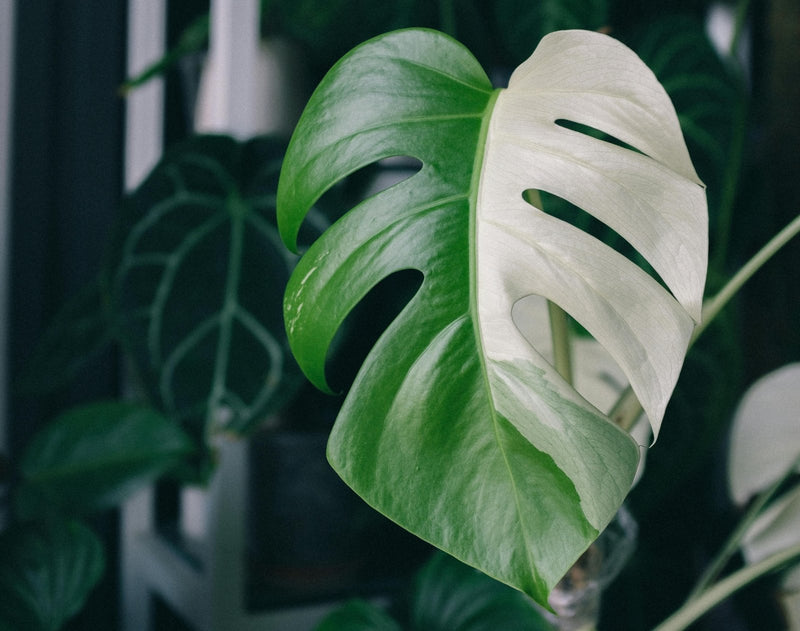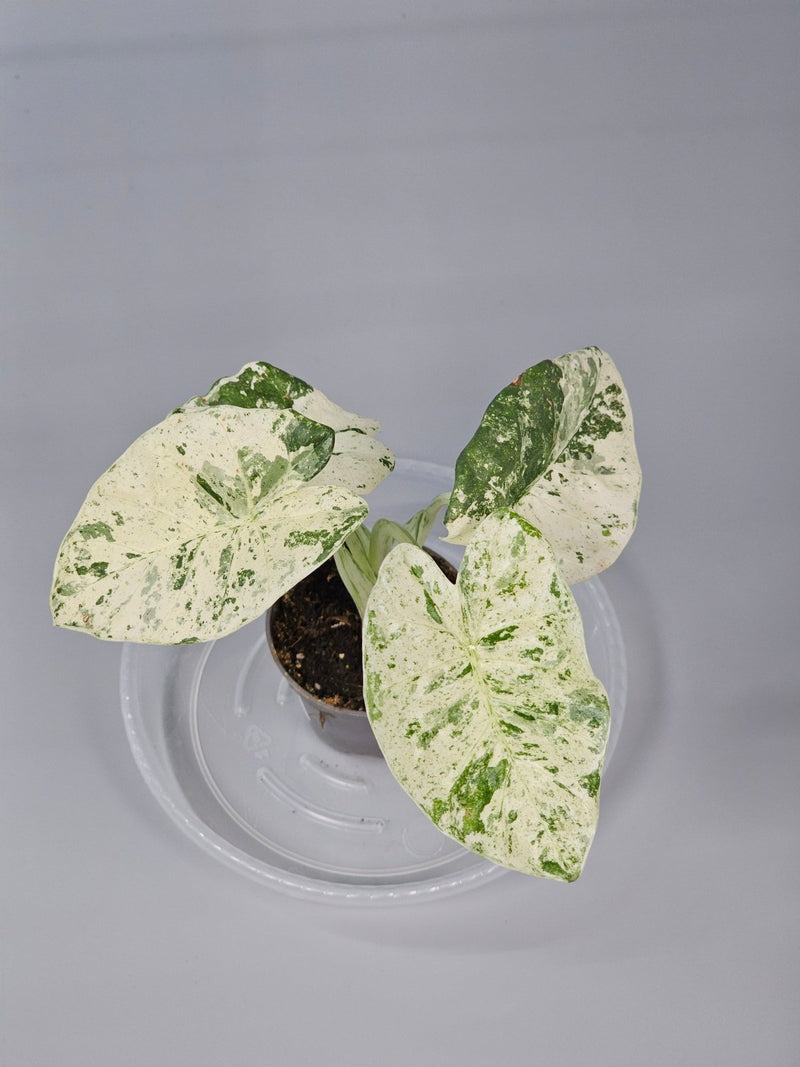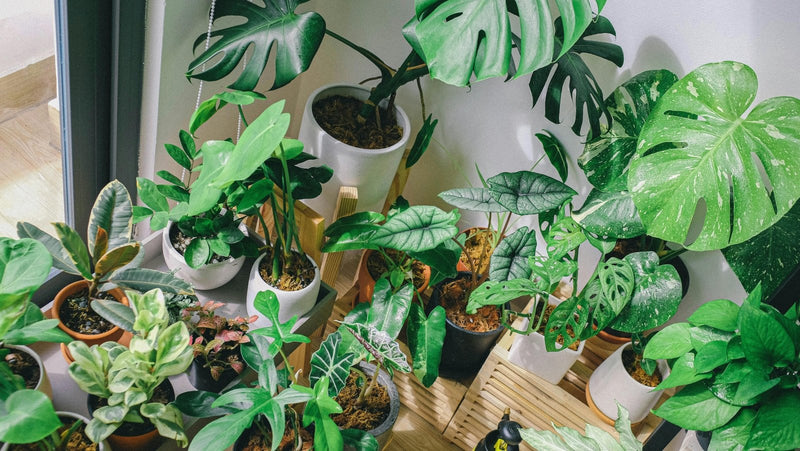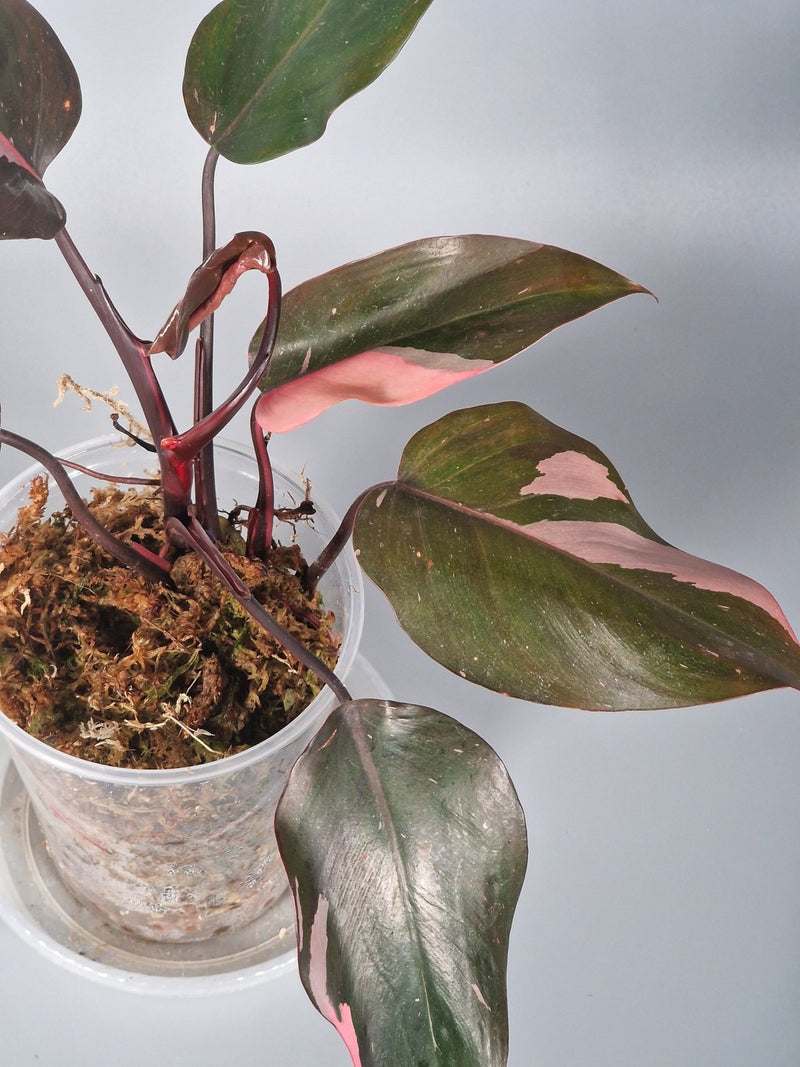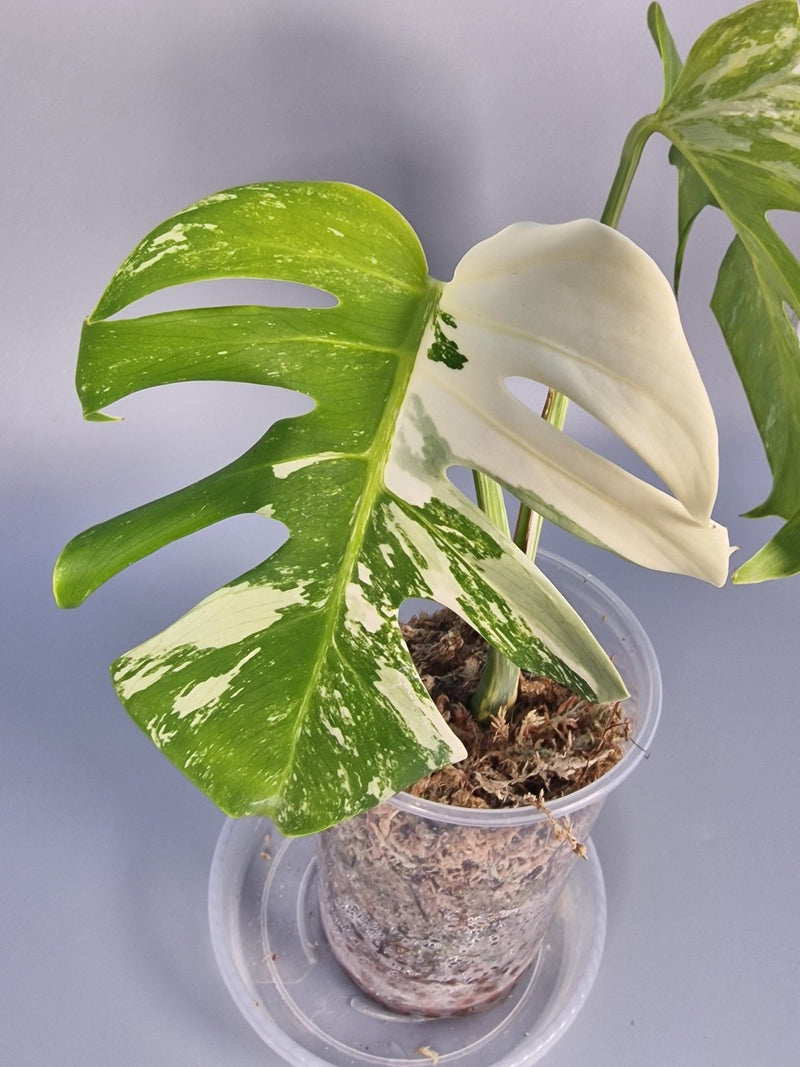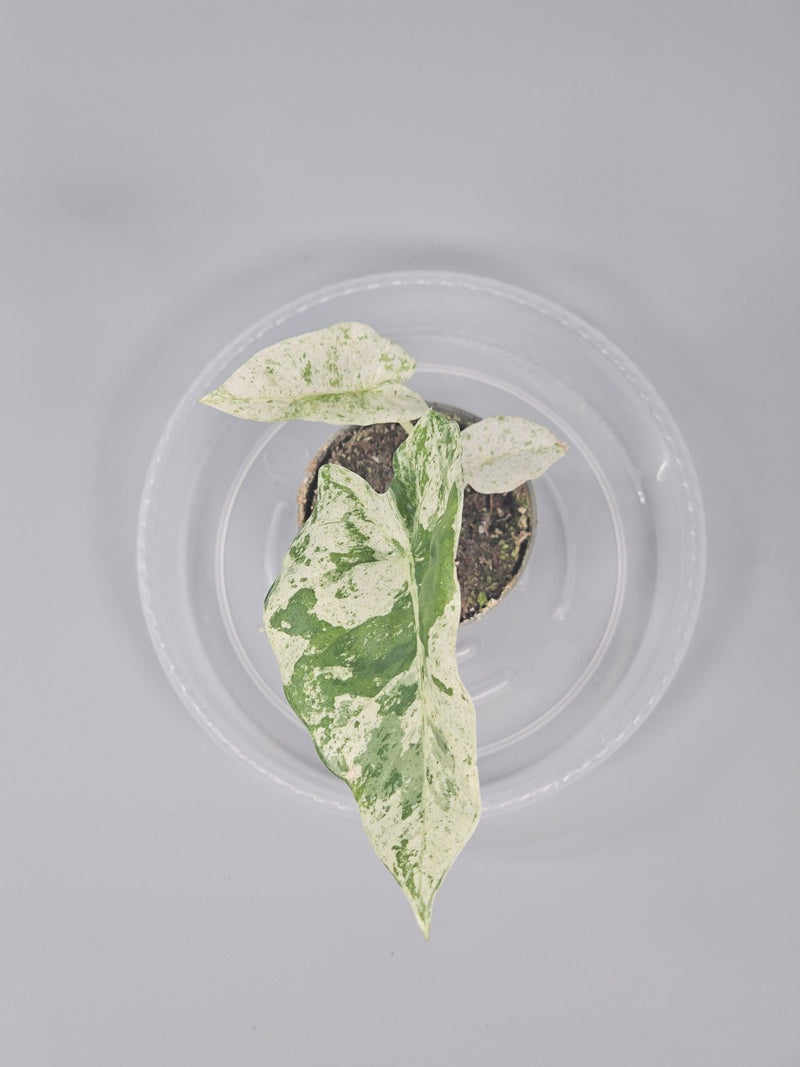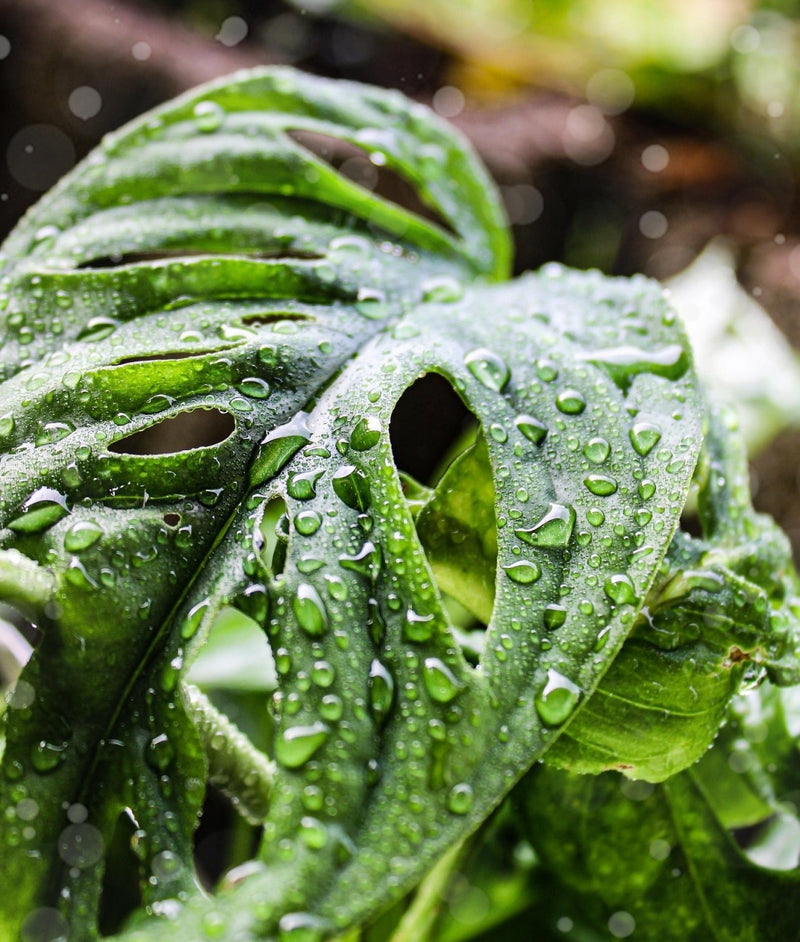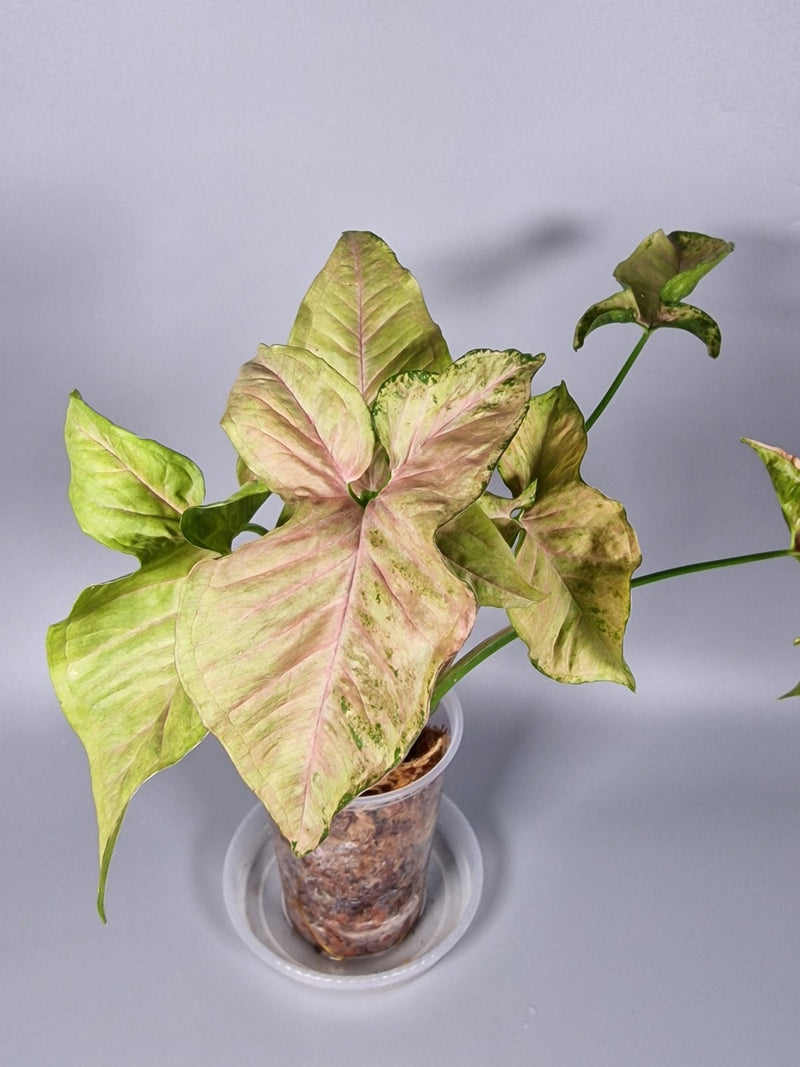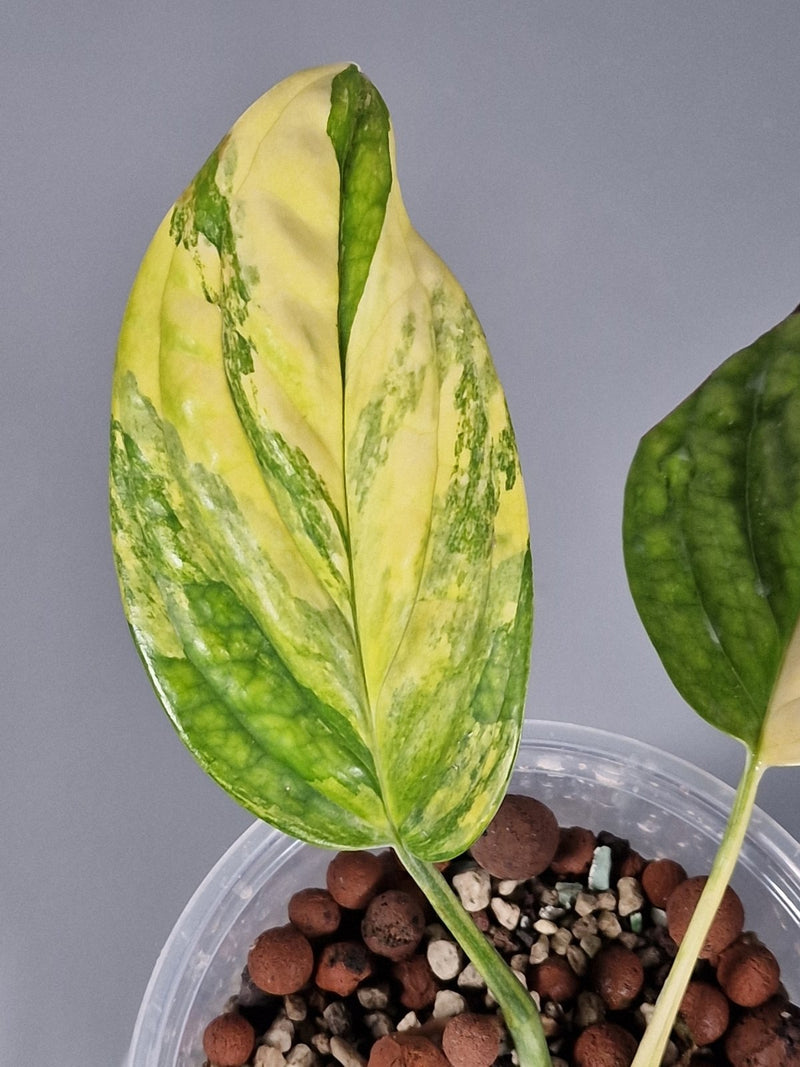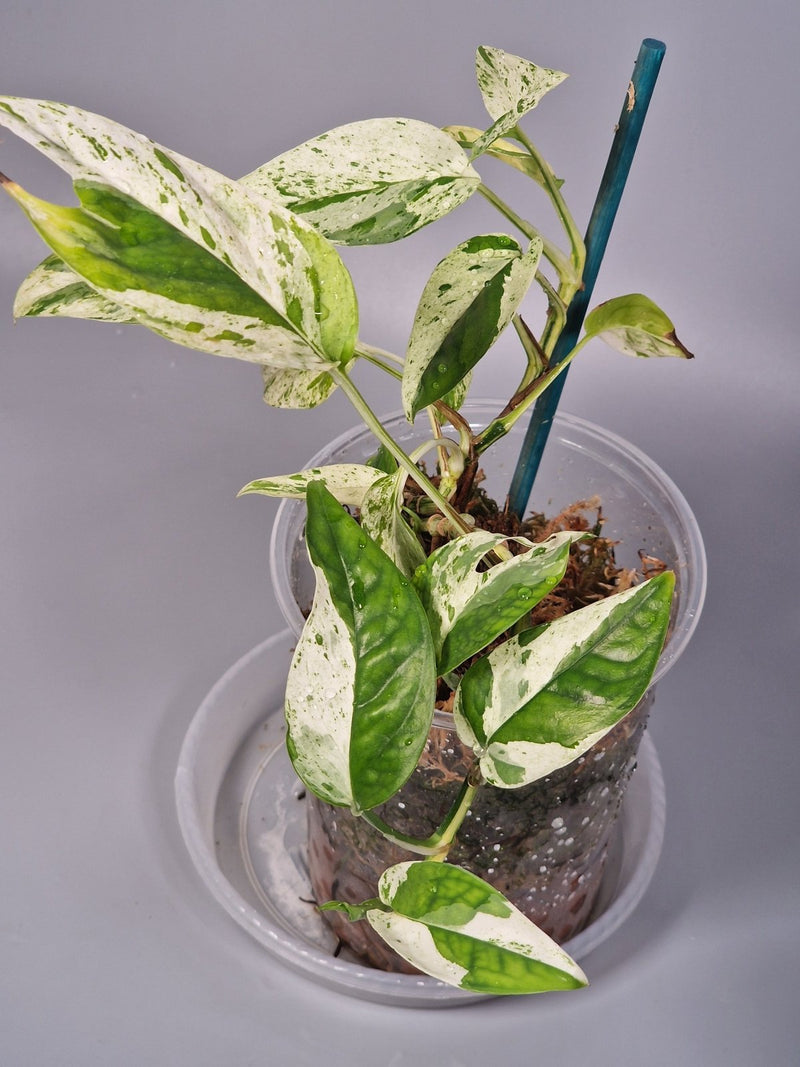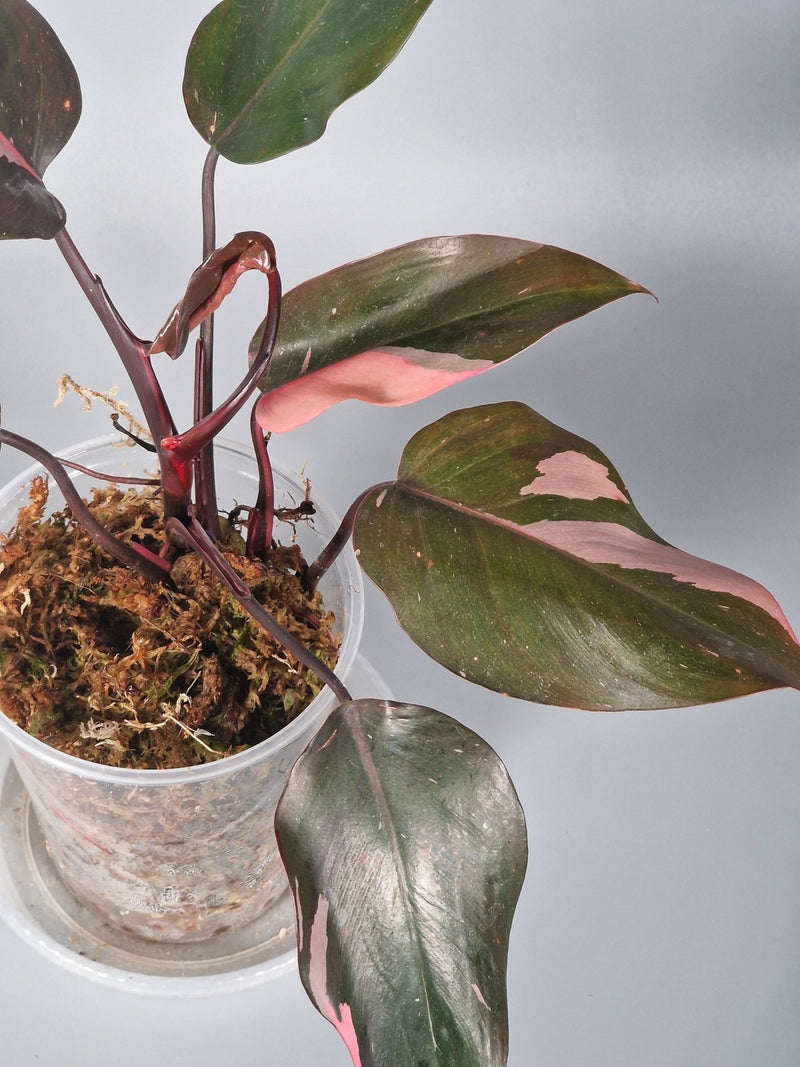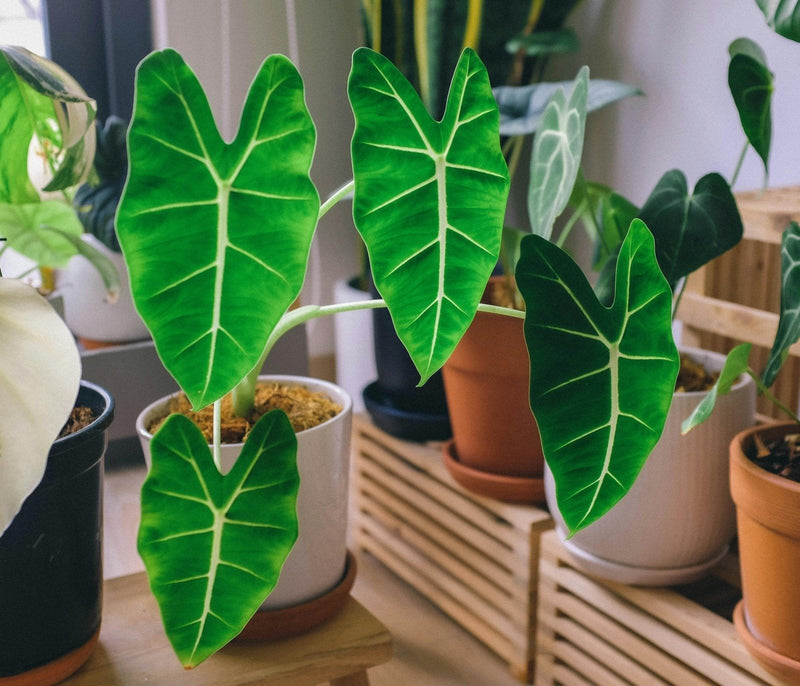What Makes a Houseplant Rare? How to Spot a True Find
For many plant lovers, the allure of owning rare houseplants is irresistible. These unique plants not only add an exotic touch to your home but can also be a delightful challenge to cultivate. However, the question remains: what exactly makes a houseplant "rare," and how can you identify a truly special specimen? In this post, we'll explore the factors that contribute to a plant's rarity and provide practical tips for spotting a genuine find.
Understanding the Rarity of Houseplants
Rarity in houseplants can be attributed to several factors:
- Limited Natural Habitat: Plants that are native to small, specific areas or those whose habitats are threatened by environmental changes tend to be rarer.
- Difficult Propagation: Some plants are hard to propagate, making them less common in nurseries and shops.
- Slow Growth: Slow-growing plants often reach the market in smaller quantities because they take longer to cultivate to a sellable size.
- High Demand: Plants that are in high demand but have limited supply naturally become rare. This could be due to trends in interior design or features in popular culture.
For a deeper dive into rare collections, consider exploring the Rare Collection at Odd Leaf Houseplants.
How to Spot a Rare Houseplant
Identifying a rare houseplant involves a bit more than just recognizing its name. Here are some practical tips to ensure you're getting a true rare find:
- Research the Plant: Before making a purchase, spend some time understanding the plant’s origin, typical growth conditions, and any special features it might have.
- Check for Unique Features: Look for unusual patterns, colors, or leaf shapes that set the plant apart from more common varieties.
- Verify Authenticity: Especially when purchasing online, make sure the seller is reputable and can provide proof of the plant’s authenticity.
- Consult with Experts: Join forums, attend plant shows, or visit local nurseries to speak with experts who can provide insights into the rarity and care of the plant.
For further reading on nurturing specific rare plants, you might be interested in how to water Alocasia or the differences between Philodendron melanochrysum and gloriosum.
Frequently Asked Questions
What are some examples of rare houseplants?
Examples of rare houseplants include the Variegated Monstera, Philodendron spiritus-sancti, and the Blue Alocasia. These plants are known for their unique appearances and the difficulty in sourcing them.
How do I care for rare houseplants?
Caring for rare houseplants often requires specific humidity, lighting, and watering conditions. It's important to research each plant’s needs. For detailed care instructions, explore resources like how to fertilise tropical houseplants.
Are rare houseplants more expensive?
Yes, due to their scarcity and the complexities involved in their cultivation, rare houseplants can be significantly more expensive than more common varieties.
Conclusion
Collecting rare houseplants is a rewarding hobby that introduces an element of the exotic to your indoor gardening. By understanding what makes a plant rare and learning how to identify genuine specimens, you can make informed decisions and enjoy the unique beauty these plants offer. Remember, the key to success with rare houseplants lies in careful research, proper care, and a bit of patience.
Happy planting!


